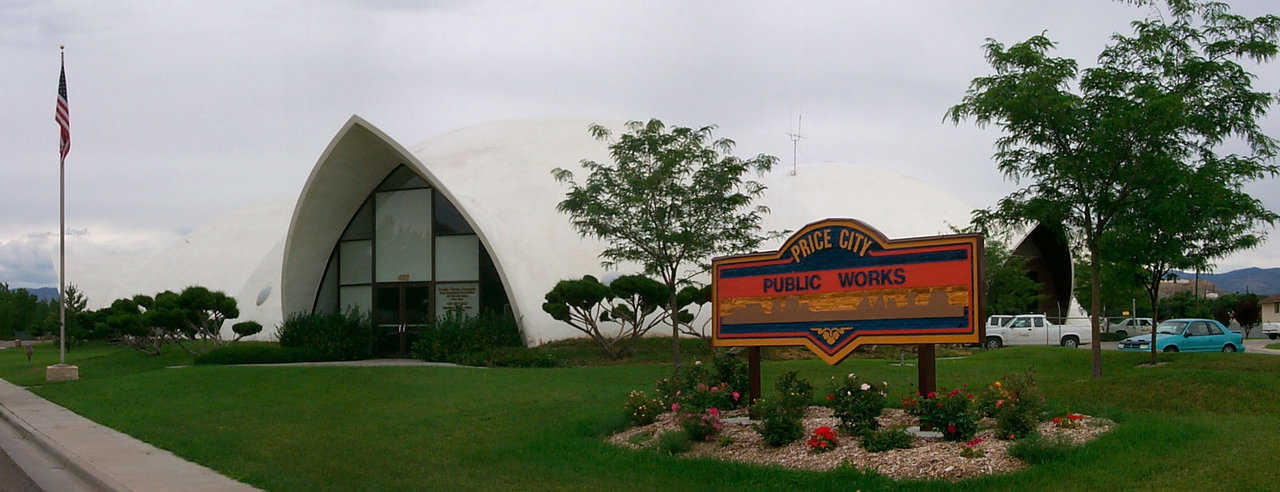Price – A Unique City In The Heart Of Utah
In Price, Utah neatness counts – so much so that this community has won statewide acclaim for the neatness of its streets, parks and residential areas. But that’s certainly not Price’s only claim to fame.
It’s best known as the county seat of Carbon County in the heart of Utah’s Castle Country and as the host city of a three-day International Festival that attracts thousands each July.
Public Works Complex: Four Monolithic Domes
Yet another Price uniqueness is its four, interconnected Monolithic Domes, serving as its Public Works Complex since 1982. It consists of a three-story dome, 90′×40′, with administrative offices and three additional domes, each measuring 130′×43′, that house a Fire Station, a vehicle and equipment maintenance shop and a storage facility.
Recollections
In 1982, when the domes were built, Gary Sonntag was City Engineer. Since then, he has “inherited more work” as Public Works Director.
Sonntag recalled Price’s decision to use Monolithic Domes. He said, “The square footage that was needed to house this facility was too expensive. So the architect suggested we look at an alternative, and he presented these structures that were being promoted by Monolithic.”
Consequently, the city realized that it could have the domes built as an affordable project and get its needed square footage.
David B. South, President of Monolithic, recalls the project fondly. He said, "It was our first really big job. Those domes were monsters for their day, and we had never built anything that large before. It was the first time we had to tie in with a vastly larger construction company to provide bonding for us. That was Morrison & Knudsen of Boise, Idaho, one of the largest construction companies in the world, at that time.
They wanted to know more about our technology, so they got involved with us. But we built all the domes; then another contractor came in and finished the interior."
Twenty Years of Continual Use
Asked how the domes are doing, Sonntag said, “I think they’re functioning just as we expected them to, as far as the use of the buildings and the space available. Adapting to the curvature hasn’t been an obstacle at all. The vertical curve, from the floor up, is deep enough so that you can walk right up to the side and use every bit of that space. So it’s not like you have unusable areas.”
Energy Use
Asked about utility usage, Sonntag said, "Well, I don’t monitor that, but I’ll tell you what we do notice for energy efficiency. It’s that transition from winter to summer and summer to winter. There’s about a month of transition time in there when we forget to change the heating system, because the temperature just does not fluctuate drastically inside the domes.
“As the winter gets colder, of course, we have to put the heat on,” he continued. “And as the summer gets hotter, we have to get the air conditioner going, but there’s a transition time there in which we don’t have to do anything because the building is fairly consistent.”
David South recalls that during the first year this complex was used, employees inside the domes did not realize that the air conditioner was blowing air, but not cold air. Apparently, freeon had not been put in the system.
South said, “The domes stayed so cool that half the summer went by before they noticed that the air conditioning was not cooling anything.”
South also remembers a story that Vernon Jones, a now-retired Operations Manager at the Price complex, liked telling. According to Jones, during the first five years they were in the domes, their local gas company would pull its meters each spring. The gas company could not believe the low readings, so they pulled the meters to check them for accuracy. “They did that for five years before they finally quit checking,” South said.
Maintenance
South said that since three of Price’s domes were the same size, the same Airform was used to build each. Consequently, the domes do not have an Airform covering the foam. “Removing Airforms is something we no longer do,” South said. “We learned that leaving the Airforms on is far more practical.”
According to Sonntag, moisture has penetrated the foam in some areas and required repairs. Asked if he or the community is disappointed in the domes, Sonntag said, “No, not at all. These are just problems and we’re dealing with them. I think that the feelings of the city and the community are that it’s a unique building and it’s working and functional and we’re going to be here for a long time.”
December 28, 2002
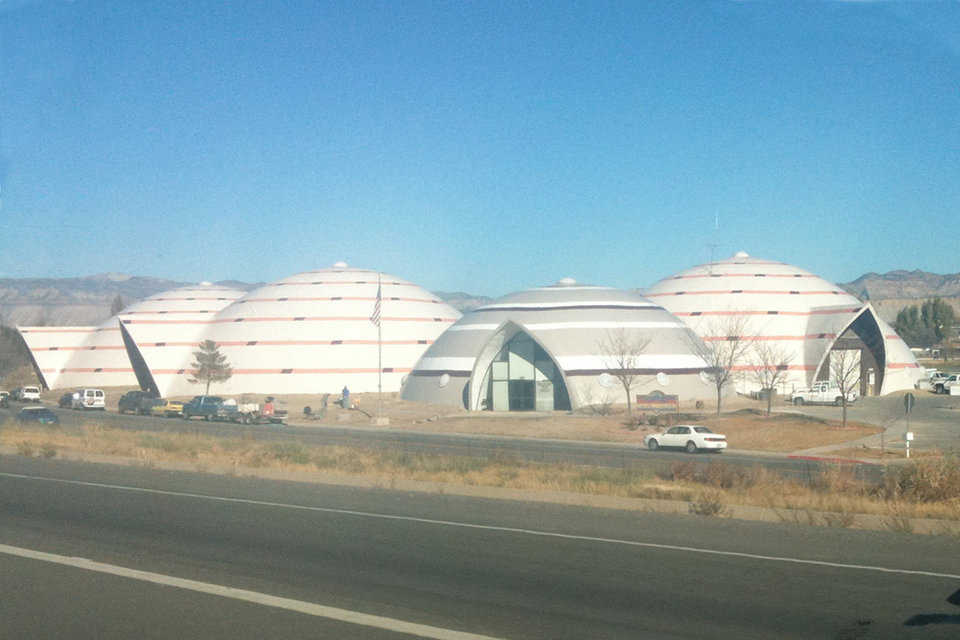
Four Interconnected Domes — They include the Administrative Offices, a three-story, 90′ × 40′ dome and three domes, each 130′ × 43′, that house the Fire Station, Equipment Shop and Storage Facility. (Rebecca South)
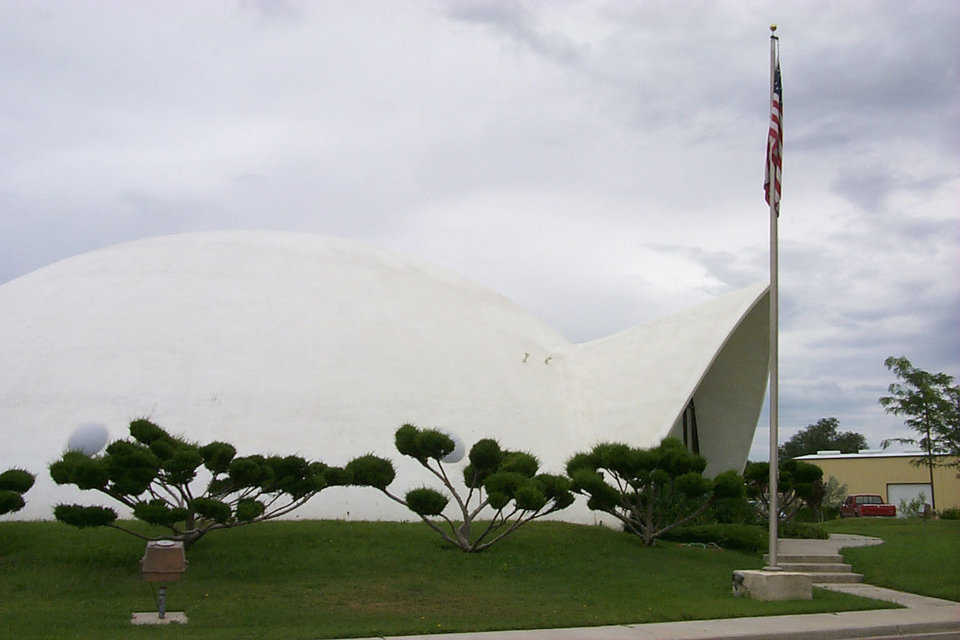
Administrative Offices — They are housed in a three-story, 90′ × 40′ Monolithic Dome. The city of Price realized that it could have the domes built as an affordable project and get its needed square footage.
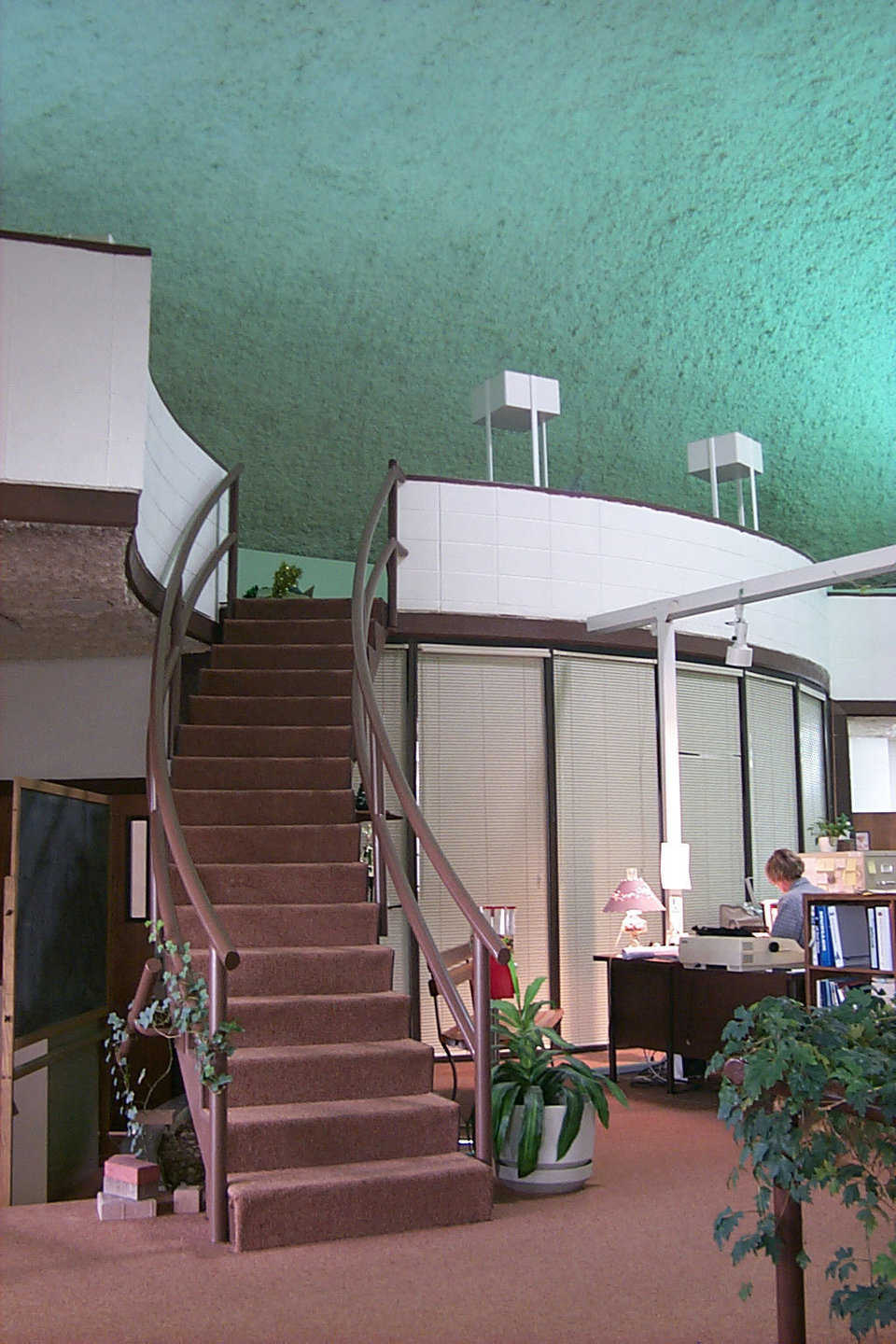
Inside the Administrative Offices — After 20 years of continual use, Public Works Director Gary Sonntag said, “I think they’re (the domes) functioning just as we expected them to, as far as the use of the buildings and the space available….”
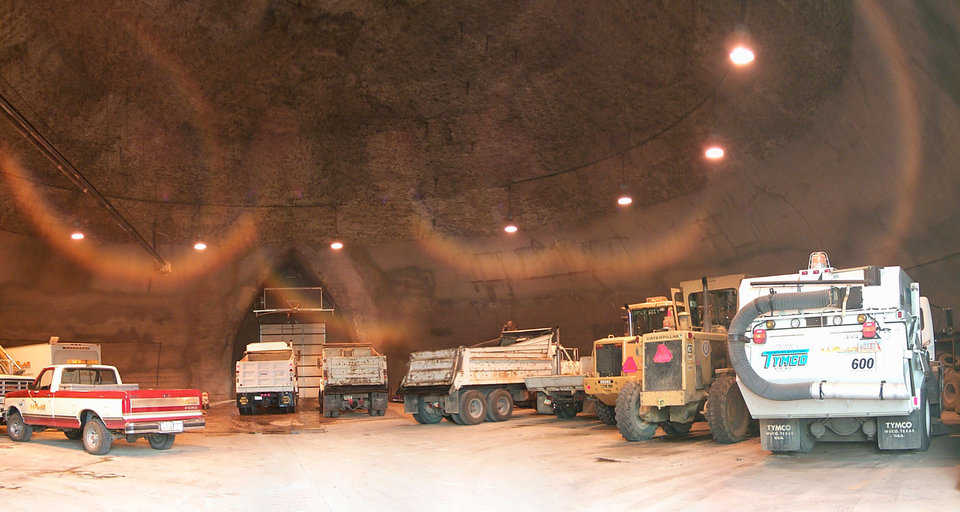
Storage and Maintenance — This Monolithic Dome with a 130-foot diameter functions as vehicle and equipment maintenance shop.
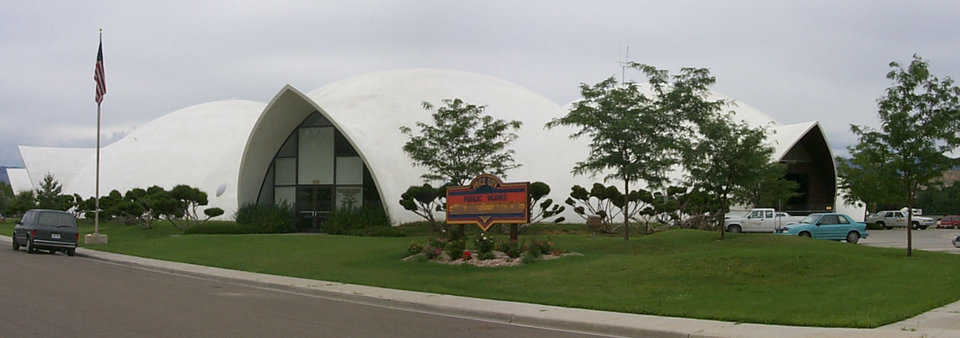
Sweet Memories! — David B. South, President of Monolithic, said, “It was our first really big job. Those domes were monsters for their day, and we had never built anything that large before.”
